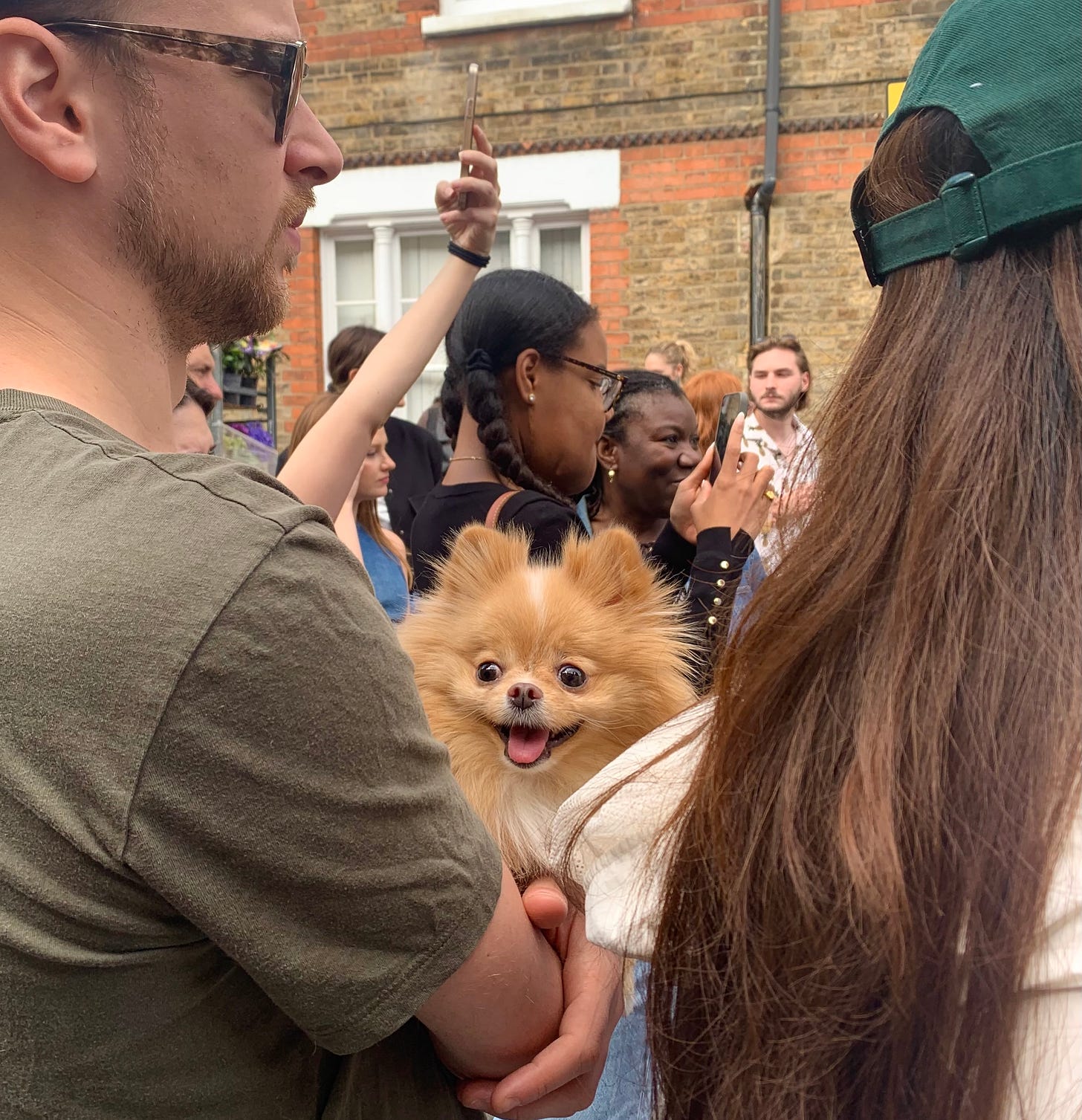“Get your hands dirty in real research” - my no. 1 work lesson learned this year.
Can’t work out why people make bad decisions? Researchers argue that you need to spend more time with them, not less.
This is a lesson for my fellow strategists and creatives. And it’s one that’s come from several places – Oliver Burkeman, for a start.
His newsletter is always worth a read, but it hit home in the wake of the US election, when the results rolled in, and I couldn’t help but wonder what were they thinking? As in, how could normal, nice people – the kind we chat to on the commute, who we work alongside every day – vote the way they did?
Rather than dial up the outrage, Burkeman urged us to seek these people out instead. “Things spin out of control whenever we primarily relate to each other, and the world, through abstract conceptual lenses,” he said.
“That’s what’s going on when we see other people mainly as kinds of people, as members of demographic groups, nations, parties or representatives of social forces.”
The irony isn’t lost on me. I research people and behaviours precisely in those ways, but I also do an awful lot of stakeholder engagement. I talk to people, listen to them, and I’m never not surprised by what comes out of those conversations. Big picture research, trend reporting and data definitely have their place. They can point to a change in behaviours, for example, and set the direction for research. But it’s only when you add a layer of real-people-talk on top that you get to the why. Real-life conversation and observation explain why something’s happening, what’s behind the change, and what might motivate people now.
It's what American sociologist Robert Park told his students to do, and which the University of Amsterdam’s Dr. Gerben Moerman repeated to me this week. “Go and sit in the lounges of luxury hotels and on the doorsteps of the flophouses. Sit on the Gold Coast settees and on the slum shakedowns. Sit in the orchestra hall and in the Star and Garter burlesque. In short, get your hands dirty in real research,” said Moerman (paraphrasing Robert Park).
This chimes with Burkeman’s thinking. If you’re feeling confused, perplexed or just plain angry, the “antidote is more reality, more immersion in the finite here and now; more gathering in person and in public; more looking strangers in the eye; more living as creatures, not as machines.”
More living as creatures, not as machines – a line that gets to the heart of good research.
It’s why we undertake field research at Common Ground, spending time with communities rather than solely viewing them through the lens of data and trend reporting. It’s why we do meet-ups at the Pilkington Club. And it’s why, as someone who loves working alone, I still make time to see people, whether it’s teams and clients, or talks and seminars, networking and coffees. The people I meet always give me far more than I’d get by staring at a screen.
So, the takeaway for strategists, marketers and creatives who want to make their work fly in 2025?
In work, as in life, interaction and connection make us better at what we do. So, seek people out. Make time for those who aren’t like you, too. As Burkeman says, “While it’s important to argue for the world you’d like to see, it’s perhaps even more important to live it.”
(Photo is from my own field research at Columbia Road Flower Market, though mainly added here for cuteness overload.)




